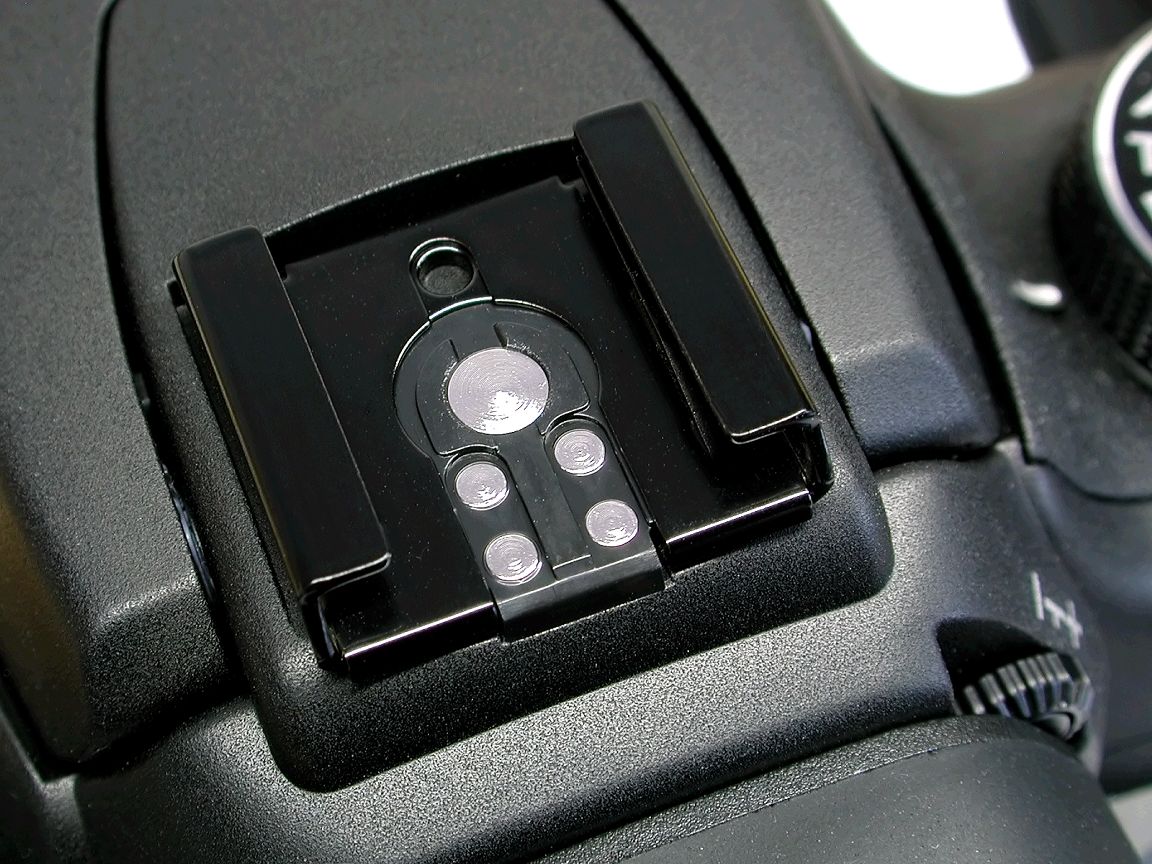Hello Guys!
Do you know what is the meaning of photography?
Photography means "Drawing with Light". If there no light, no photography :)
There are the 3 different ways to control the EXPOSURE (is the amount of light per unit area).
SHUTTER SPEED- is the amount of time light hits the camera sensor. The longer the shutter speed, the more light gets through and the brighter the picture gets. The shutter speed is like two curtains closing a performance stage.
APERTURE- is a hole or an opening through which light travels. More specifically, the aperture and focal length of an optical system determine the cone angle of a bundle of rays that come to a focus in the image plane.
ISO (International Organization for Standardization )- controls the cameras sensitivity to light. It is indicated by numbers like 100, 200 up to 100,000. The higher the ISO, the more sensitive the camera is to light. The ISO is responsible or maintaining the quality of the picture.
When your ISO is very high, the result of your picture has become "GRAINY" or noise.









